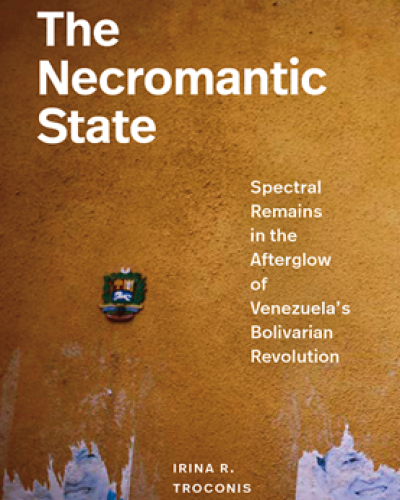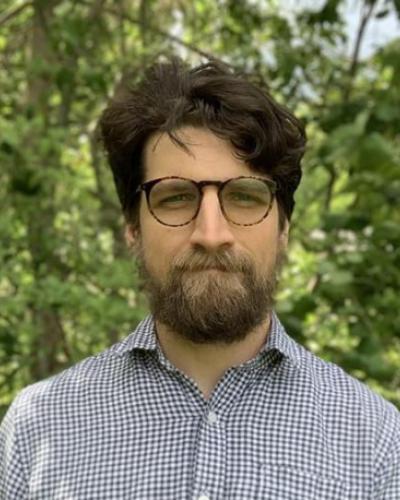Two new media studies articles from Owen Marshall, a postdoctoral researcher in the departments of Information Science and Science & Technology Studies, uncover the technological practices that brought human speech and insect feeding behavior under electro-acoustic control in the mid 20th Century.
Early users of magnetic tape recorders were plagued by the split-second time delay between the machine’s record and playback heads—a phenomenon which meant that speakers would often be interrupted by their own voices during recording sessions. Termed “delayed auditory feedback,” or DAF, this artificial echo effect transformed from a bug into a feature in the 1940s, when psychologists and speech-hearing researchers began to make use of it to temporarily induce speech impairments and emotional turmoil. Audiologists also found it useful for ferreting-out soldiers feigning deafness. “The Maniac-Making Machine: A Media History of Delayed Auditory Feedback” tells this story through the figure of Grant Fairbanks Jr., who used DAF and other techniques to advocate for the scientific status of speech-hearing research until his death in the early 1960s.
Around that time, entomologists were trying to understand how needle-mouthed insects like aphids feed on the phloem of plants. Using old amateur radio equipment, University of California researchers devised a way of listening-in on the electrical fluctuations produced by insects and plants during the feeding process: a practice later termed electropenetrography. “Un-silencing an Experimental Technique: Listening to the Electrical Penetration Graph” traces how and why insect feeding became audible and was later silenced. By looking at this and other forgotten practices of scientific listening we gain a fuller understanding of how scientific discoveries occur and are reinterpreted over time.






